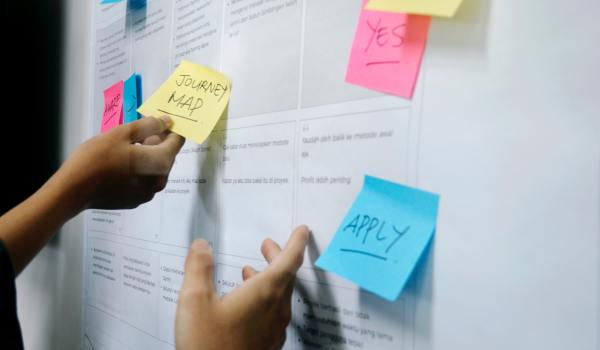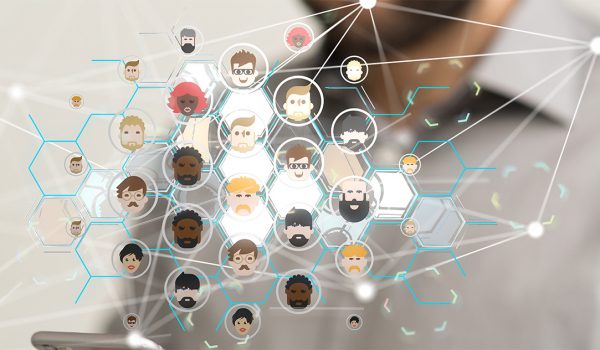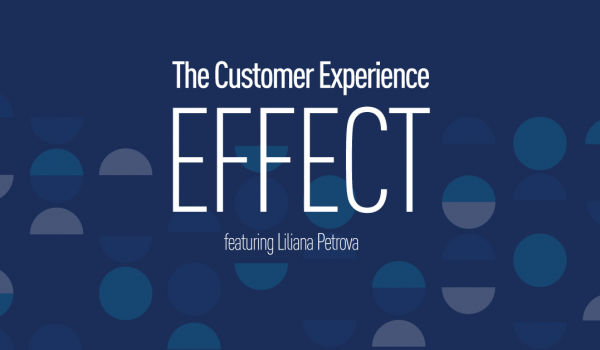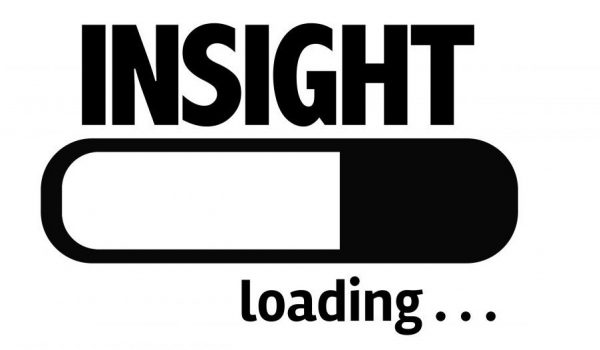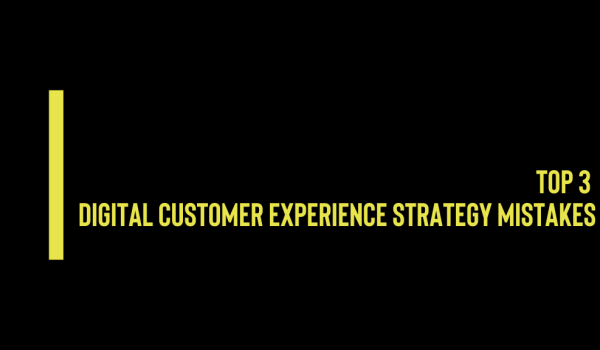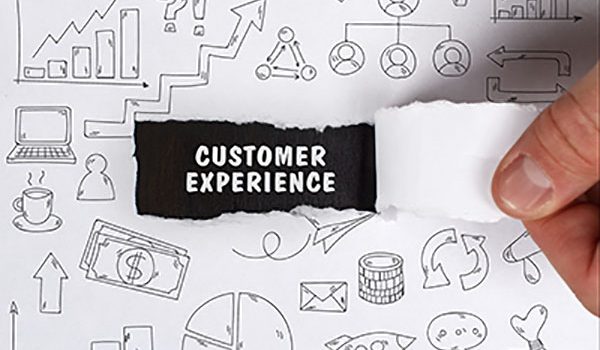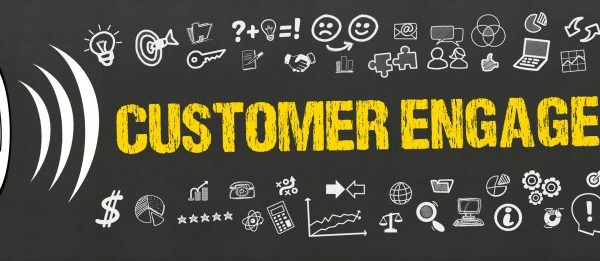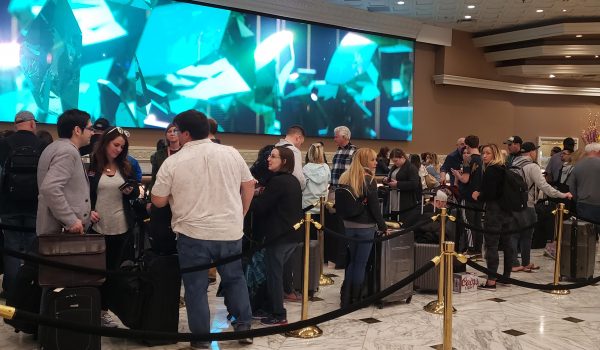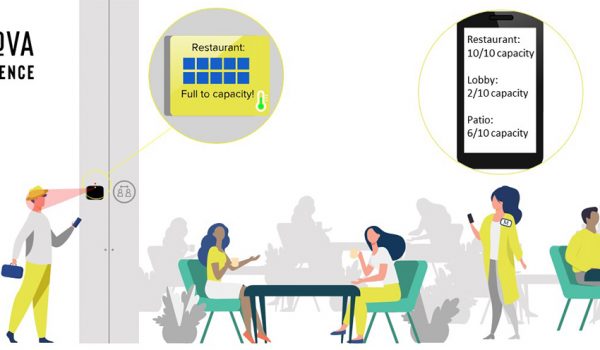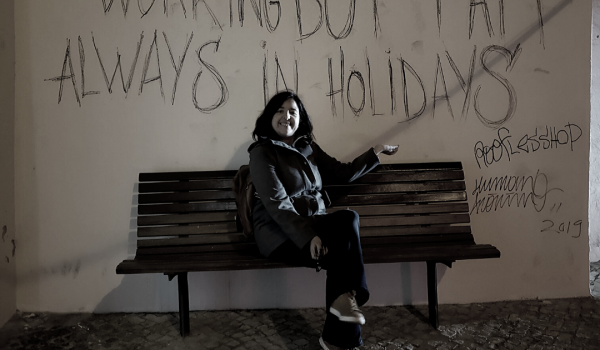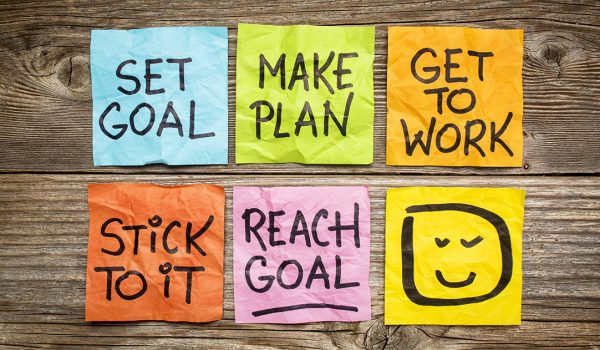
5 Ways Customer Experience Consultants Keep Customer Promises
Customer experience is the follow-through on brand promises across every interaction. Some organizations assume the importance of customer experience is limited to commercial brands. This is far from true. In fact, every organization that has a customer – a passenger, patient, or guest – makes promises to that customer. And customer experience enables agencies to keep those promises day in and day out.
But agencies cannot do that alone, especially while managing multiple internal and external demands. And when they are confused about what customer experience is. We are breaking down inaccurate assumptions about customer experience and diving into how customer experience adds value. And why customer experience consultants are the secret weapon that help agencies meet mandates for quality interactions with passengers, patients, and guests.
Customer Experience is Not Customer Service – or Customer Care
Customer service is only one piece of the overall customer experience. It is an important touchpoint along the customer journey. But it is not the sum-total of customer experience. Customer experience includes the strategy that guides every interaction with a customer, in and out of your space, at every step of their relationship with you.
One key difference is, customer service is reactive. Think about times you have reached out for customer service. Imagine your train is delayed. and you need to make a last -minute change to reach your destination on time. Or you have a medical bill with charges you don’t understand. Or your bank flagged your account for fraud protection. In these instances, you approach an agent or call the customer service number on the top of your bill or back of your card. Those service agents react to the questions, problems, and stresses you bring them.
Now, these interactions can be positive, productive, and supportive. Or – and we all have horror stories – they can be frustrating and unhelpful. How you move from frustrating and unhelpful to seen, heard, and cared for, is through a comprehensive customer experience strategy. That strategy directs the end-to-end experience, empowers employees with hospitality training, and employs technology to support the human experience.
Go Beyond the Customer Service Mentality
Simply put, to be effective, fold customer service into an end-to-end strategy that designs for a consistent experience at every journey stage. You deliver on the promises you make to your passengers, patients, and guests through customer service and through every other interaction. From the writing of the bill, to ticket purchasing apps, to the design of space.
As customer experience consultants, we often help clients recover from a customer service only mentality that drives investment exclusively into this one step of the journey. That single-step investment does not produce the ROI organizations need. Only a strategic approach to the overall journey achieves those results. Similarly, customer care, which is a bit of a buzzword these days, is a facet of customer experience. Not customer experience itself.
5 Ways Customer Experience Consultants Help You Keep Your Promises to Customers
Because customer experience is more comprehensive than many organizations think, it reaches every piece of the organization. Just as it guides every interaction along the customer journey. This is intentional. It is how customer experience can deliver on the promises you make to everyone who enters your space (digital or physical).
Customer experience consultants highlight the importance of pulling experience design out of silos. A customer experience consultant is the secret weapon that helps you deliver on your promises through program management; leadership and employee training; communication; wayfinding; and collaboration with architects and engineers.
Program Management
Full disclosure, this one surprised us early in our company history. We anticipated the need for customer experience strategy, but what we learned in working with a variety of clients over the last five years, is that customer experience consultants add so much value in the area of program management.
Why? Because other program managers only look at deadlines. They ask questions like Have we implemented this phase by this time? Have we assembled teams and scheduled meetings at a cadence that works for our organization? These are good questions, of course. But they do not drive comprehensive program management aligned toward guiding your customer through every stage of their journey, and delivering on experience promises in each interaction along that journey.
When a program manager has customer experience as the primary goal, CX programs have more impact and add more value. This is the moment agencies start to see ROI and measurable transformation. The customer experience consultant is the program manager who looks at a program in its entirety. They ask, Are you doing what your brand promises? To ensure you are, go back to the customer experience strategy and identify how you you connect each piece of the journey together. And how you connect each interaction back to the experience you promised.
Training
Employee empowerment does not happen by accident. And employees do not deliver on the promises you make customers simply by wanting to do so. Intentional customer experience training puts your customer experience vision into action. It provides leadership and frontline employees with the resources, skills, and autonomy to deliver the experiences your customers expect and deserve.
The internal and external impact of training cannot be overstated. Our clients have reported radical changes in behavior, employee engagement, and customer satisfaction. Even in retention. All linked to customer experience training – not just the content of the curriculum, but the experience of coming together as a team in a safe, collaborative space to learn about shared goals, individual motivations, and empowerment.
Customer experience consultants shape training programs to connect with employees where they are, and create space to discover and collaborate. This builds the trust employees need in each other to meet customer needs at every interaction. And inspires them to exceed expectations.
Who you train is as important as what you train. Since we broke down some commonly held customer experience misconceptions at the top of the article, let’s take a moment to look at another one. Training customer-facing employees only does not equate to a well-equipped customer-centric organization. You must train leadership (and departments like IT who have limited if any customer interaction) on the fundamentals of customer experience. And on how your organizational values and behaviors align with your responsibility to customers. This builds a truly customer-centric organization. And it enables you to fulfill the promises you make to your customers authentically,
Communication
Communication is essential to customer experience. Take disruptions as a key example. How do you communicate with customers during disruptions? Do you use an app? Do you have alternate means of reaching customers who are on varied points in their journeys?
Back to our early transportation example about customer service vs. customer experience. Particularly during disruptions, customers will turn to customer service seeking resolution. They are also seeking guidance, safety, and attention. If customer service is not integrated into an overall customer experience strategy and communications plan, the customer encounters a break in the experience at exactly the moment they are holding you most accountable for the promises you made to them. Customer-centric communication must be the backbone of the customer service interaction to deliver on your promises, and to save your relationship with that customer.
Customer experience consultants who take a holistic view of the customer journey ensure you build a path for when and how to communicate with customers during disruptions. No matter the circumstances, your passengers, patients, or guests are guided and cared for. This includes clear, consistent, actionable messaging. It is driven by customer research and feedback that help shape customer communication. You are empowered to tell your customers what they need to know in the way they are ready to access and understand it. As such, you are serving them as you promise.
Of course, customer communication is not limited to disruptions. To act on your promises, consider how your website communicates. And what it says about your readiness to provide the value your customers and prospective strategic partners seek from you. Does your user experience support the needs of your customer? Are buttons located where site visitors expect to see them?
Think about the placement of calls to action and whether your website is accessible for all. Good communication drives usability and strengthens customer relationships even in passive interactions like accessing resources on your page. Here, let’s use a B2B example. Recently, we were invited to partner with a large organization on a design project. When I went to their website, the only way to fill out a form was to download a PDF! No matter what you claim, you are not an innovator if you are using static PDFs in a world of AI ingenuity.
Wayfinding
Like communication, wayfinding connects you to your customer and presents the opportunity to add value along their journey. Like much of architectural design and engineering, wayfinding does not need to stand out to customers in a way that interrupts their journey. Rather, the purpose of wayfinding is to guide customers seamlessly through it.
That said, there are strategic opportunities to strengthen customer connection, reinforce promises, and increase engagement through wayfinding. What is most important, however, is that wayfinding integrates with customer experience strategy and design to create those seamless, easy experiences you promise all your passengers, patients, or guests.
Fundamentally, wayfinding is about getting through and getting out of a space. Design and implement wayfinding with customer perspective – and customer needs – as a guide. Keep in mind how those positions change when blue sky days encounter disruptions.
Customer experience consultants bring a 360 perspective to wayfinding. Think about a passenger in a crowded train station. The moment that passenger (likely in a hurry, anxious about travel or on-time departures) needs to seek out an agent to ask “where do I board,” there is a wayfinding failure. A consultant identifies how to apply empathetic design and positioning, and how to build a flow of signs that supports passengers from one step to the next. No matter their state of mind or familiarity with the space.
Collaboration with Architects and Engineers
Collaboration with architects and engineers is a great example of how a customer experience consultant is an agency’s secret weapon. We focus on how people interact with the physical space, conduct customer research, and develop recommendations based on the voice of the customer to empower architects and engineers to design spaces for accessibility, utilization, comfort, and customer satisfaction.
Importantly, a customer experience consultant alerts engineers and architects about people flows from a customer-centric perspective. This helps reduce or eliminate queues, limit crowding, and mitigate safety issues. Beyond these customer experience design fundamentals, the expert customer experience lens consultants provide, brings universal design to life.
Universal design, which is the design of buildings, products, or environments to make them accessible to all people, is increasingly prioritized in public and private spaces. Like the brand promise, CX consultants deliver on an agency’s universal design promise. Through Voice of Customer and other customer research, and analysis of customer feedback, customer experience consultants collaborate with engineers and architects to design space for all. This is the definition of human-centered design.
How to Deploy a Customer Experience Consultant
If the customer experience consultant is your secret weapon, think about strategic deployment. Particularly in the case of space design, getting a consultant in early is ideal because is saves significant time and money in the design phase of large-scale projects. Similarly with program management, engaging your customer experience consultant at the strategy and program building phase helps to ensure a value-driven, human-centered perspective guides the program from concept through implementation.
For support on when to engage customer experience consultants, the questions you should have ready to get started, and what the ideal consulting engagement looks like for your needs, schedule a call with us.



